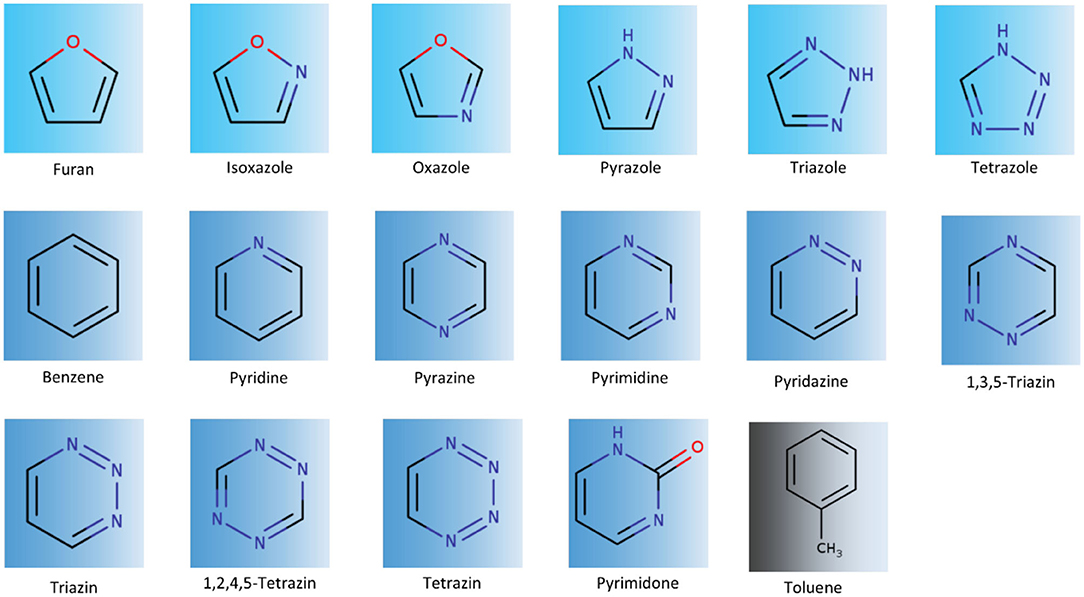


Therefore sensor to detect possibleleakage for early detection is important. Thisgas with higher concentration are found in chemical industryand medical application. For exampleNH3 is a toxic gas which present in atmosphere naturally. Since GNR and graphene haveflat structure and larger possible surface area applying as gassensor is more appropriate than other carbon based materials.Gas molecules detection has a great significant in many areassuch as environmental and industrial inspection. As an alternative, considerable interest has gen-erated in carbon based materials like graphene to help boostsensing device performance. Workers studying gas sensor recognized the limita-tion such as low binding energy, low sensitivity and poorselectivity. Sensing exploit semiconductor materials and become thefundamental building block in the design of sensitive gassensor. Index Termsgraphene nanoribbon, adsorption, gasmolecules. We show that thedefective AGNR are sensitive to the adsorption of molecular NH3. The calculatedcharge transfer shows that molecular NH3 acts as a donor whileatomic NH3, O2 and N2 acts as acceptor. Other gases havelittle effect on modifying the electronic structure. MolecularO2, N2 and NH3 adsorption at near position achieved highestadsorption energy compared to other positions. Through simulation, itis demonstrated the gas molecules adsorption energy greatlyinfluenced by its position towards the SV defects. Bothmolecular and atomic gas molecules configuration are consideredin determining the adsorption energy. The main focus is to investigate using self-consistent Extended-Huckel the adsorption geometry of the gasmolecules located at on, near and far from the SV defect. Ezaila AliasDepartment of Computer & Electronic Engineeringįaculty of Electrical EngineeringUniversiti Teknologi MalaysiaĨ1310 UTM Johor Bahru, Johor, paper reported on the structural and elec-tronics properties of armchair graphene nanoribbon (AGNR)distorted with single vacancy (SV) defect when adsorbing var-ious gas molecules including oxygen (O2), nitrogen (N2) andammonia (NH3). Zuriana Auzar, Zaharah Johari, Sakina S.H and N. Information on the k-path used for band structure plotting (including the fractional coordinates of high-symmetry k-points) can be found in the section KPath of the output file.Computational Study of Gas Molecules Adsorption on Defective Graphene Note: EnergyBelowFermi should be a positive number! Increasing the value of EnergyBelowFermi will result in more occupied core bands to be saved to file for visualization. Increasing the value of EnergyAboveFermi will result in more unoccupied bands to be saved to file for visualization.īands with maximum energy smaller then FermiEnergy - EnergyBelowFermi are not saved to file. Note: The Symmetry key does not influence the symmetry of the band structure sampling.īands with minimum energy larger then FermiEnergy + EnergyAboveFermi are not saved to file. If False, the whole (inversion-unique) Wigner-Seitz cell is sampled. If True, only the irreducible wedge of the Wigner-Seitz cell is sampled. The Fat Bands are the periodic equivalent of the Mulliken population analysis. If True, BAND will compute the fat bands (only if BandStructure%Enabled is True). 0.03) will result in smoother band curves at the cost of an increased computation time. Step (in reciprocal space) for band structure interpolation. If False BAND will use the user-defined path in BZPath. If True, BAND will automatically generate the standard path through the Brillouin zone. If True, Band will calculate the band structure and save it to file for visualization. Options for the calculation of the band structure.


 0 kommentar(er)
0 kommentar(er)
